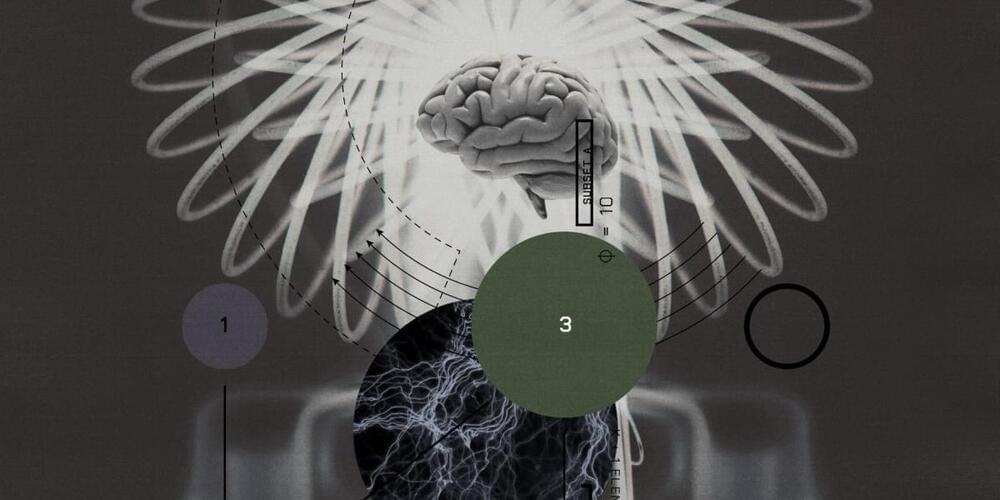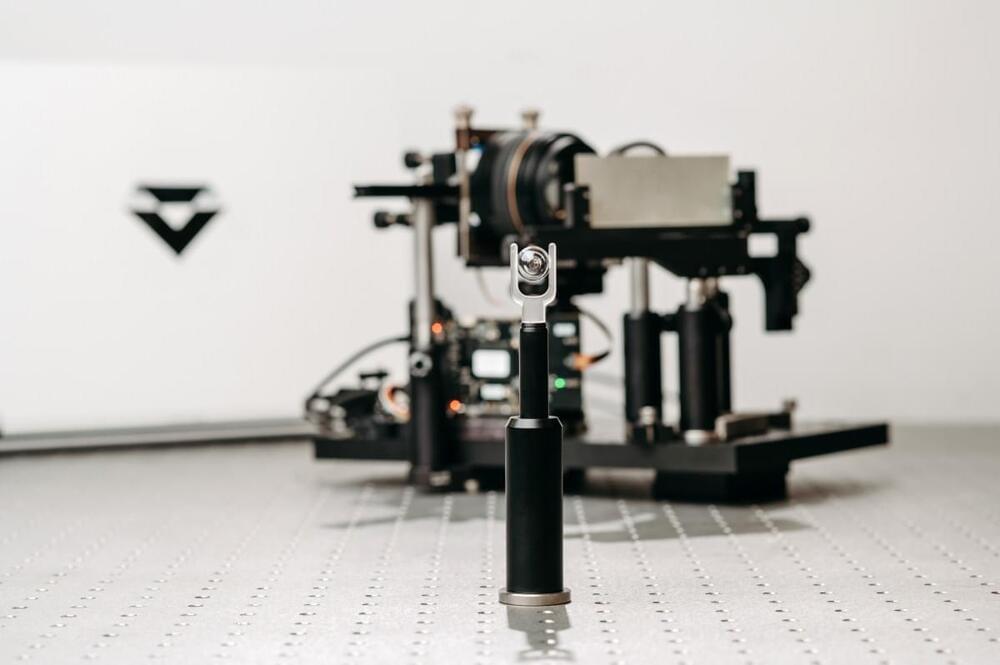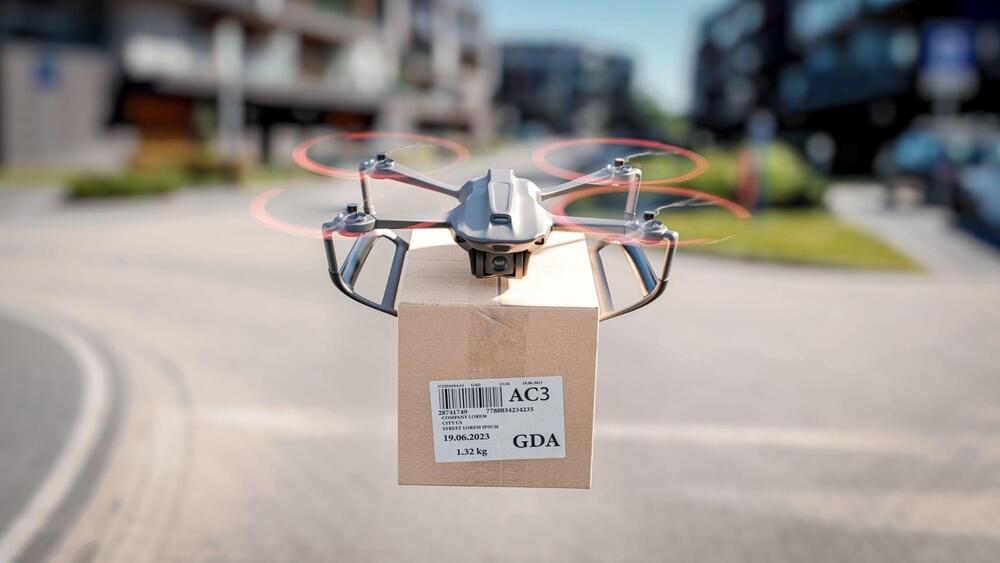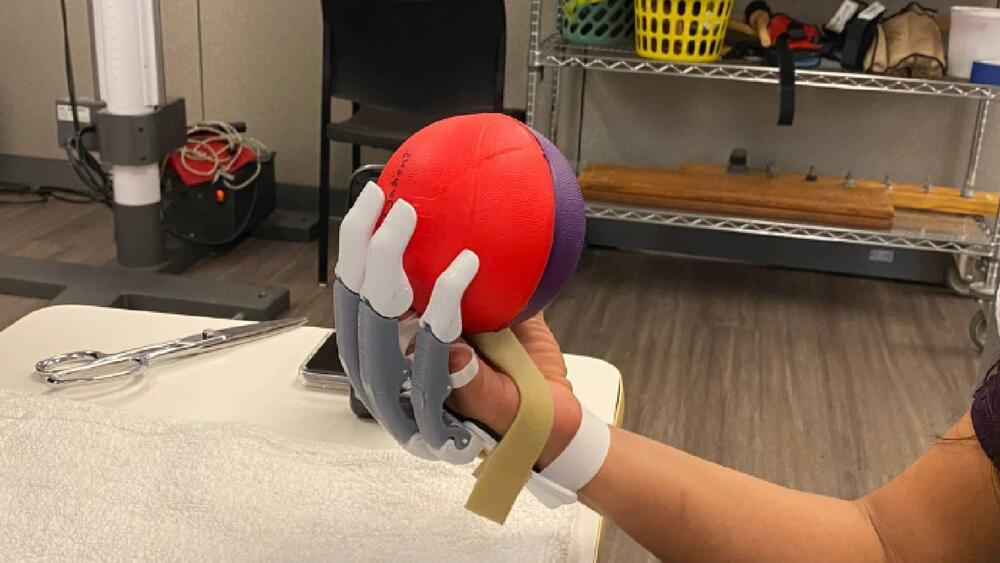Join us as we delve into the fascinating world of collective intelligence, programmable biology, and the future of learning with renowned TED speaker and Harvard’s Wyss Institute Associate Faculty, Michael Levin. As the director of the Allen Discovery Center at Tufts University and co-director of the Institute for Computer-Designed Organisms, Levin stands at the forefront of biological research and innovation.
In this enlightening interview, we explore the potentials and pitfalls of rewriting our DNA to gain superhuman abilities – imagine being able to breathe underwater or see in infrared! We also address the nuances of academic publishing and the urgent need for more collaborative approaches within scientific disciplines.
This discussion is part of our ongoing series to understand and develop methodologies for collective and collaborative intelligence. The goal? To design more efficient and inclusive collaborative learning networks through our innovative methodology, Unify.
Tune in to learn more about the transformative power of biology, the future of academic collaboration, and the exciting potential of our Unify methodology. Whether you’re a biologist, an educator, a futurist, or simply curious about the potential of human biology, you won’t want to miss this interview.
Don’t forget to like, comment, and subscribe for more insightful conversations and deep dives into cutting-edge research and ideas.
#MichaelLevin #ProgrammableBiology #CollectiveIntelligence #UnifyMethodology #AcademicPublishing #Harvard #TuftsUniversity #TEDTalks #AllenDiscoveryCenter #WyssInstitute








